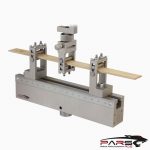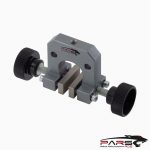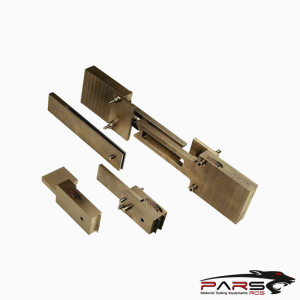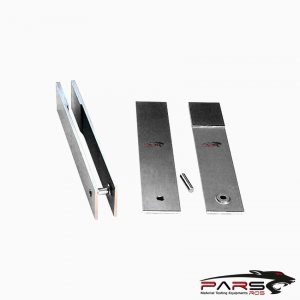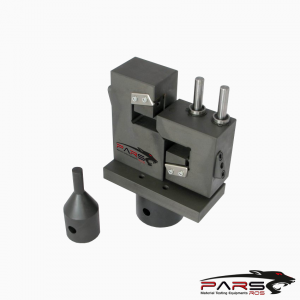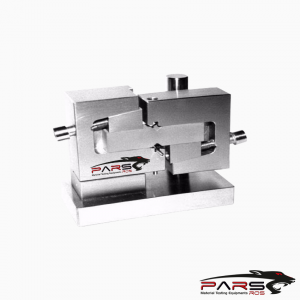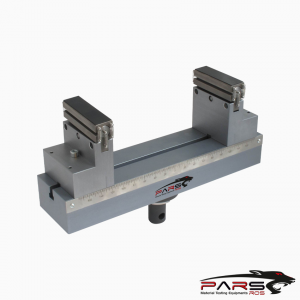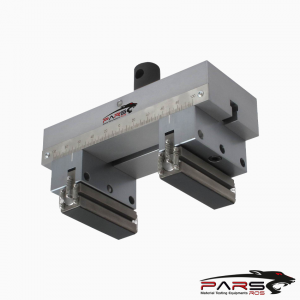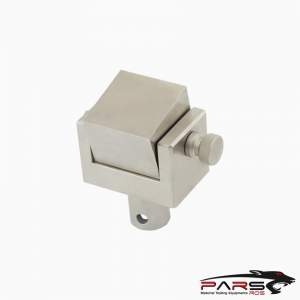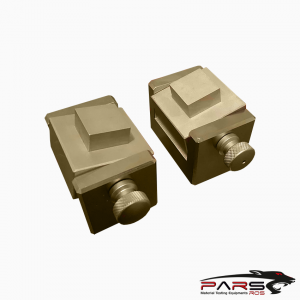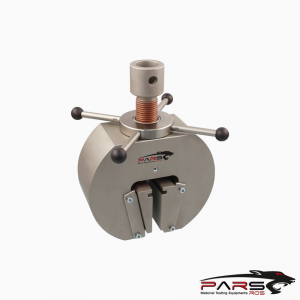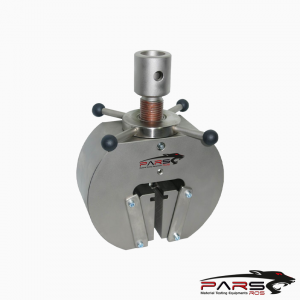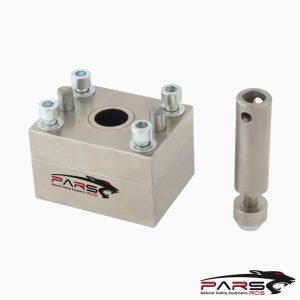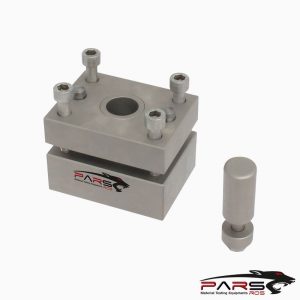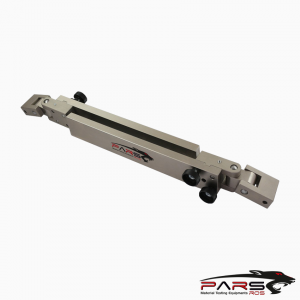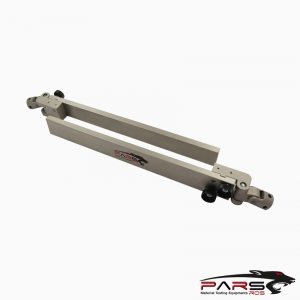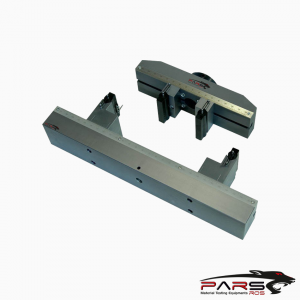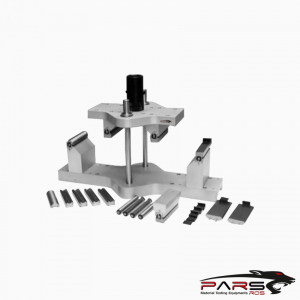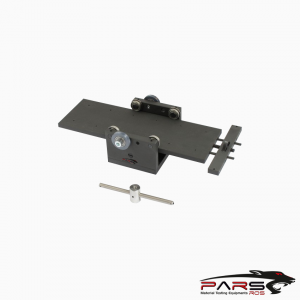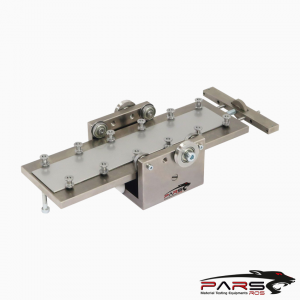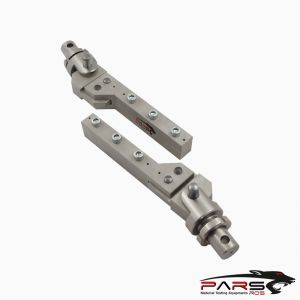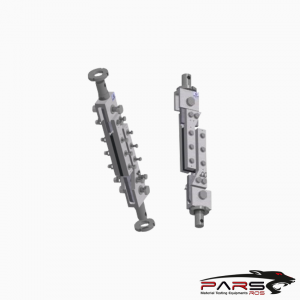ASTM D876 – Polymer Tube Tensile Test
ASTM D876 – This test method covers the testing of general-purpose (Grade A), low-temperature (Grade B), and high-temperature (Grade C)2 nonrigid vinyl chloride
polymer tubing, or its copolymers with other materials, for use as electrical insulation.
Bilgi Almak İçin Lütfen Bizimle İletişime Geçiniz
- Açıklama
- TEKNİK ÖZELLİKLER
Açıklama
ASTM D876 – Polymer Tube Tensile Test
ASTM D876 – This test method covers the testing of general-purpose (Grade A), low-temperature (Grade B), and high-temperature (Grade C)2 nonrigid vinyl
chloride polymer tubing, or its copolymers with other materials, for use as electrical insulation.
For the purpose of these test methods nonrigid tubing shall be tubing having an initial elongation in excess of 100 % at break.
NOTE 1: These test methods are similar but not identical to those in IEC 60684–2.
ASTM D876 – Process
ASTM D876 is extremely similar to ASTM D2671 for Heat-Shrinkable Tubing.
Both tests specify several types of tests for nonrigid PVC tube and pipes.
The tensile test references other standards such as D412 and requires the use of specific sample specimen dies.
Tubes can also be tested as long as their psi is below a certain threshold. Another test under D876, the heat-shrink test, uses a special type of mandrel which is
inserted into the end of the pipe to maintain its inner diameter (ID).
The third test of note is a peel test, wherein an adhesive tape or adhesive layer of tubing is peeled away from the core tube utlizing a special fixture.
ASTM D876 – Geometry
The ID and OD are the two most critical factors. By subtracting OD minus ID, a cross sectional area can be calculated. The ID value is important in order to specify
the size of the mandrel.
The peel test fixture is a different apparatus. The tube is held perpendicular in the machine by a specialized fixture.
*** Before conducting ASTM D876 , it is important to read the entire specification. Standards can be obtained from appropriate standard authorities.
***PARSROS offers several types of grips and fixtures which will enable you to perform a variety of tests
that are accurate and repeatable.
Referenced Documents
ASTM Standards
ASTM – D149 Test Method for Dielectric Breakdown Voltage and Dielectric Strength of Solid Electrical Insulating Materials at Commercial Power Frequencies
ASTM – D257 Test Methods for DC Resistance or Conductance of Insulating Materials
ASTM – D374 Test Methods for Thickness of Solid Electrical Insulation (Metric) D0374_D0374M
ASTM – D412 Test Methods for Vulcanized Rubber and Thermoplastic ElastomersTension
ASTM – D471 Test Method for Rubber PropertyEffect of Liquids
ASTM – D746 Test Method for Brittleness Temperature of Plastics and Elastomers by Impact
ASTM – D1000 Test Methods for Pressure-Sensitive Adhesive-Coated Tapes Used for Electrical and Electronic Applications
ASTM – D1711 Terminology Relating to Electrical Insulation
ASTM – D5032 Practice for Maintaining Constant Relative Humidity by Means of Aqueous Glycerin Solutions
ASTM – D8355 Test Methods for Flammability of Electrical Insulating Materials Used for Sleeving or Tubing
ASTM – E104 Practice for Maintaining Constant Relative Humidity by Means of Aqueous Solutions
ASTM – E176 Terminology of Fire Standards



